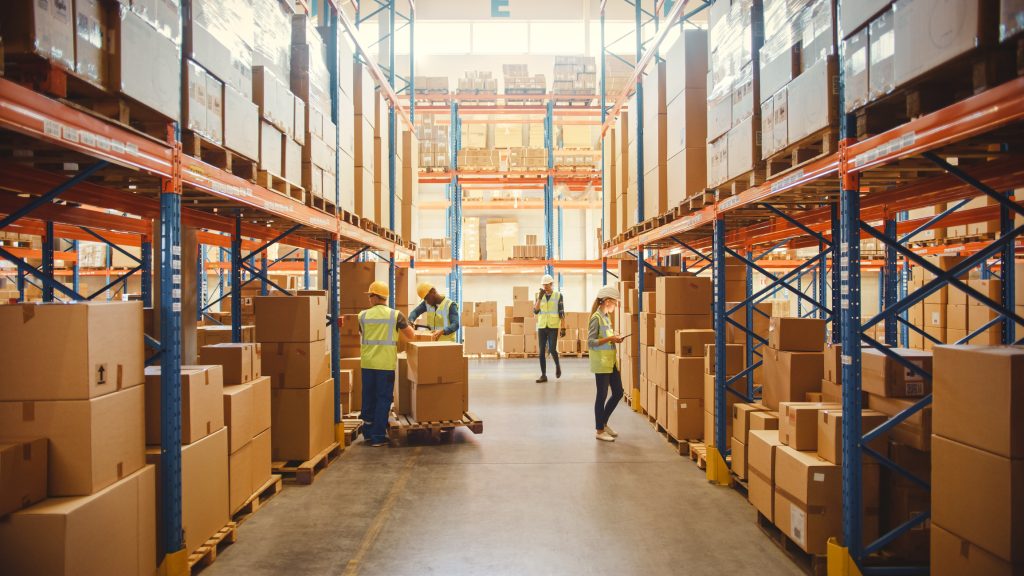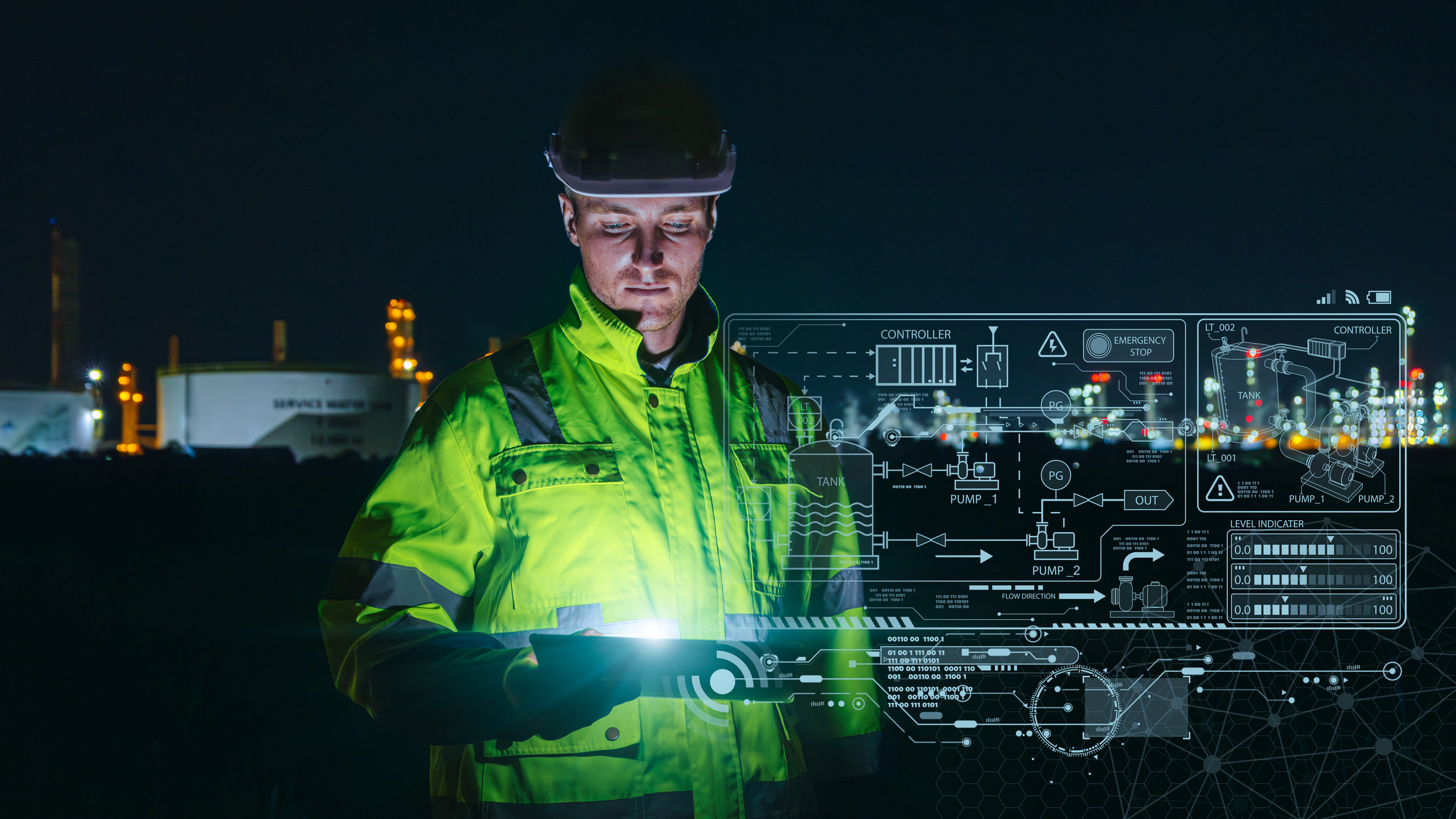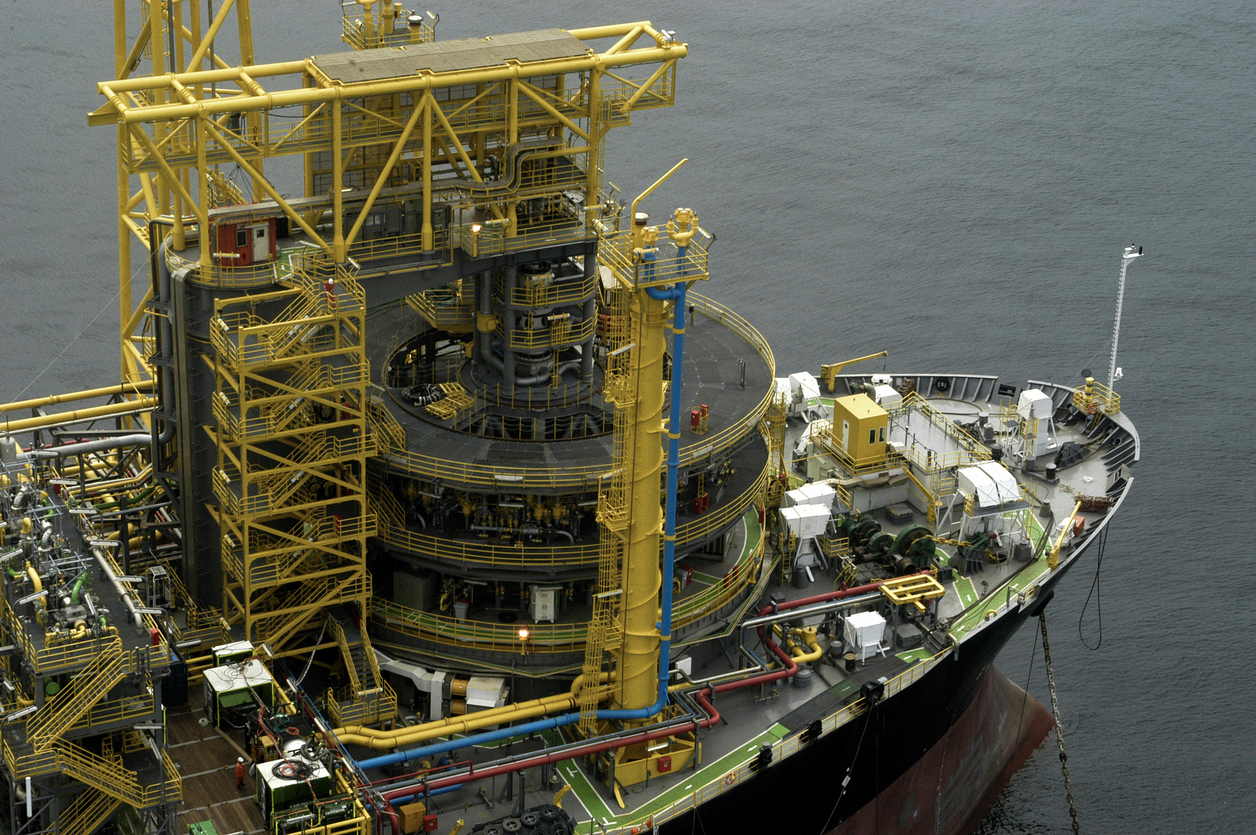Maintaining the safety and efficiency of stocks and warehouses is essential in the logistics of any industry. Investing in an efficient monitoring system is crucial to protect stocks, avoid losses and guarantee the integrity of people and logistics operations.
With the increasing complexity of supply chains, relying on smart monitoring technologies has become a competitive differentiator. Throughout this article, we will discuss how to identify risks, choose the right technologies, and train teams to create a safer environment in logistics centers and warehouses.
5 safety measures for warehouses
To reduce the incidence of fraud and improve monitoring in warehouses, we have put together some good practices that can be applied in your company.
1. Identifying operational risks and vulnerabilities
Implementing an effective monitoring system begins with identifying the most common risks and threats in warehouses. Fraud, theft and break-ins are among the main challenges faced by managers.
To minimize these threats, it is crucial to conduct a detailed risk analysis. This involves mapping vulnerable areas, such as warehouses and loading docks, and understanding the weaknesses that could be exploited by criminals. The analysis not only helps identify where problems may arise, but also how they can be mitigated.
A detailed risk assessment provides a solid diagnosis for more assertive decisions in security planning. Understanding vulnerabilities, such as unprotected perimeters, allows managers to take proactive measures to protect their assets.
2. Choosing the right technology
Implementing an effective monitoring system starts with choosing the right technologies. Sensors, alarms and cameras are among the resources used, offering specific advantages for strengthening warehouse security.
In large, hard-to-reach areas, the use of surveillance towers and wireless cameras is highly recommended. Alarms with motion sensors and warning lights help to deter suspicious activity. In addition, the devices must be integrated with a monitoring center or even an Artificial Intelligence (AI) solution, capable of generating alerts in real time, enabling quick and coordinated responses.
In addition, solutions that use AI help promote occupational safety by identifying risk situations, such as employees in restricted areas or without the proper use of Personal Protective Equipment (PPE). This helps reduce response time to potential incidents.
3. Implementing a structured logistics process
A well-structured logistics process has a direct impact on reducing risks, from minor human errors to fraud. When routines and operational flows are mapped and standardized, it is possible to identify bottlenecks, inconsistencies and opportunities for improvement. This operational diagnosis opens the way for strategic interventions, such as team training or the implementation of a new monitoring system.
Furthermore, it is important to document all stages of the process, so that new data-based monitoring practices contribute to the integration of safety, logistics and work quality within the warehouse, promoting a more fluid and efficient operation.
4. Staff training and awareness
Staff training is one of the most effective strategies for ensuring safety in warehouses, as technology alone is not enough without staff engagement. Proper training can significantly minimize risks and enables employees to identify vulnerabilities and react correctly to critical situations or threats.
The training content should include, among other topics, the correct activation of the monitoring system, emergency procedures and the identification of suspicious activities. It is essential that employees know how to act in these situations.
Another fundamental point is occupational safety. The team must be constantly instructed on the correct use of Personal Protective Equipment (PPE), as well as on safe movement in restricted or risk areas. In addition, it is important to reinforce the importance of safety as a shared value within the organization.
Creating a culture of safety in the workplace is essential. This involves ongoing awareness of safety practices and fostering an environment where everyone feels responsible for protecting the warehouse. Encouraging active participation in safety from all staff helps reinforce this culture and keep the warehouse safe.
5. Continuous monitoring and periodic adjustments
Continuous monitoring in warehouses strengthens operational control, making processes more predictable and reliable. The implementation of systems with artificial intelligence enhances decision-making and makes it more assertive in the face of risk alerts, offering fast and reliable diagnoses in critical situations that require immediate responses, in addition to anticipating incidents based on pattern analysis.
To maintain the effectiveness of the monitoring system, it is important to perform periodic reviews and adjustments. Proactive, fine-tuning based on collected data helps to improve processes and correct vulnerabilities before they become problems. It is also worth noting that frequent reviews can provide valuable insights for continuous process improvement.
Using data collected from monitoring systems is a powerful tool for improving security. Analyzing this data makes it possible to identify suspicious behavior patterns and anticipate potential threats. Solutions such as ALTAVE HARPIA offer customizable reports and interactive dashboards that facilitate performance analysis and make the system more intelligent over time. The ability to continuously learn is a differential for maintaining security efficiency even in the face of operational changes.
Conclusion
Implementing an effective warehouse monitoring system involves several crucial steps. We start with identifying risks and threats, then selecting the right technologies. We then highlight the importance of implementing structured logistics processes, training staff and creating a culture of safety.
It is essential that these measures are implemented to protect your assets and ensure safe operations. Continuous monitoring and regular adjustments are essential to maintain the effectiveness of the system. Data analysis helps to continually improve security practices.
Investing in technology and intelligence means investing in people’s safety, asset integrity and business sustainability. And this is precisely the role of ALTAVE solutions: transforming visual data into decisions that protect lives and drive efficiency.
About ALTAVE
ALTAVE is a Brazilian company, accredited as a Strategic Defense Company (EED), with patented technology in Brazil and abroad, and with CE certification for commercialization in the European Union.
ALTAVE technology offers customizable, AI-powered monitoring solutions that are compatible with highly complex operations. Already successfully applied in critical sectors such as Oil & Gas, Mining, Logistics and Agribusiness, ALTAVE intelligent monitoring is equally effective in improving safety in warehouses and distribution centers.
Let's talk?Get in touch with us and learn more about how our solution can help your company!





